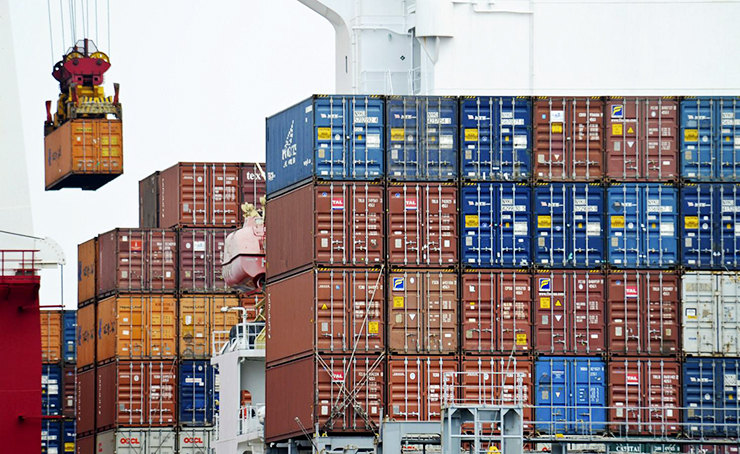As the caravan of Central Americans seeking a decent life recently approached the US-Mexican border’s main crossing points, President Trump sent troops with orders to shoot trespassers. When the caravan headed to other parts of the border, women and children were met with tear-gas, President Trump, showing off his ignorance of all things scientific, claiming it was ‘a diluted version’.
Back in 1954, the US overturned Guatemala’s Jacobo Arbenz, who had come to power through elections and hoped to roll back some of the most egregious Washington-dictated policies that kept Central Americans impoverished. Five years later, Fidel Castro made a triumphant entry into Havana, as America’s strongman Batista fled, bringing a unique form of socialism to the US ‘Backyard’. Now, two years after his death, Russia contemplates reopening a listening post in Cuba, while China invests heavily across Latin America. Not only have Chinese military sales to the region risen from almost nothing in 2005 to 130 million dollars in 2014, by bringing its Belt and Road Project to the southern continent, Beijing is challenging Teddy Roosevelt’s Monroe Doctrine that has kept Latinos back for over a hundred years.
Next week, after the G20 Summit in Buenos Aires, China’s President Xi will pay a state visit to Panama, where he will hold discussions about the canal that Teddy built back in 1903. In 2013, Nicaragua had planned to build a second canal, but the Chinese businessman who was to finance it went broke. Xi’s visit to Panama suggests that China may take on the challenge of moving more cargo between its Pacific ocean and America’s Atlantic.
A hundred and fifty years ago, hard scrabble Chinese immigrants were brought to work on North America’s first railways, resulting in a culture of discrimination still felt today by some Chinese Americans. The difference is that China is now in a position to make the southern American hemisphere a “natural extension” of its Maritime Silk Road and an “indispensable participant” in the Belt and Road project that is linking Asia to the Atlantic across Eurasia.
As if to drive home the point, President Xi met with Argentina’s President Mauricio Macri on the sidelines of the 2017 Belt and Road Forum in Beijing, and during the Second At the ministerial forum in January 2018, Argentina signed a declaration of cooperation that identifies the Belt and Road Initiative as “a new platform for mutually beneficial cooperation” between China and Latin America.
Infrastructure financing and development has been a fixture of China’s approach to Latin America (as well as to Africa) for over a decade, bringing roughly US$150 billion in state-to-state financing. About $27 billion of this has gone toward infrastructure projects, including a road in Costa Rica, railways in Argentina, and a port in Trinidad and Tobago. And the only thing the US can offer is sour grapes, warning that individual Belt and Road projects, ‘like any undertaking, could blunder and underperform’ — pointing out even less plausibly that China’s ‘emphasis on connectivity, fails to ‘challenge the centrality of extractive industries and commodities to Sino-Latin American commercial relations’. Finally, in desperation, the US claims that China will want to control every phase of the supply chain, riding roughshod over the rights of local communities and especially indigenous peoples, as if Latin Americans were not welcoming China’s presence.
In fact, after nearly two hundred years of the Monroe Doctrine, Latin America welcomes the fact that unlike the US, China makes a point of not intervening in the affairs of its client states, and that its long-term financing is not subject to Congressional caprice, allowing the yuan to speak for itself.
While the US sends warships to signal its displeasure with China’s built-up atolls in its domestic waters, ‘capitalism with Chinese features’ has entered its backyard without firing a shot.
Deena Stryker is an international expert, author and journalist that has been at the forefront of international politics for over thirty years, exlusively for the online journal “New Eastern Outlook”.

